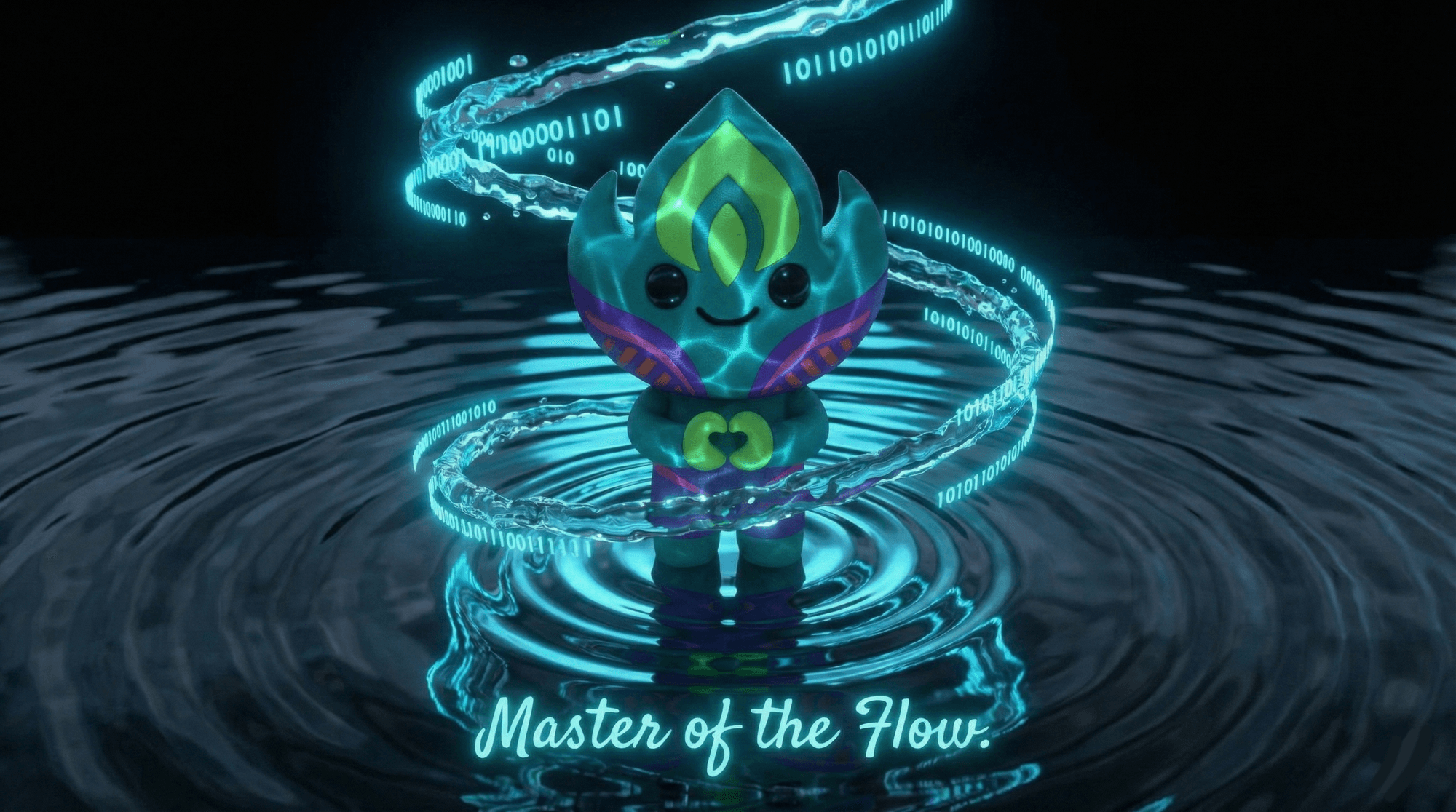
NFTs have exploded in popularity, providing a new medium for brands and artists to collaborate and create exclusive digital assets.
hat’s fueling the rise in brand-artist NFT collaborations? It’s a combination of creative vision and business strategy. Artists contribute their digital expertise and unique style, while brands offer the platform, exposure, and audience reach.
Together, they produce NFT collections that merge art and commerce in exciting new ways. These collaborations help brands stay relevant, while artists gain broader visibility and new income streams that were previously hard to achieve.
This post explores how these partnerships function, why they’re gaining momentum, and the mutual benefits both brands and artists enjoy. We’ll also highlight key examples of successful collaborations and examine how NFTs are influencing marketing, digital ownership, and creative industries.
The Appeal of NFTs for Brands
Brands are increasingly moving into the NFT space to connect with tech-savvy audiences, particularly younger generations like Millennials and Gen Z. By offering exclusive digital assets, brands create new revenue opportunities while building stronger customer loyalty.
NFTs enable brands to engage with the growing digital economy by offering limited-edition products such as digital sneakers or collectibles, which appeal to niche markets with high demand.
The Appeal of NFTs for Artists
NFTs have addressed one of the major challenges in digital art—monetization. Through NFTs, artists can now sell digital originals, providing both ownership and scarcity.
Furthermore, NFTs allow artists to integrate smart contracts that ensure they receive royalties each time their work is resold on secondary markets. This continuous income stream differentiates NFT sales from traditional art sales, where artists only profit from the initial transaction.
"NFTs are the future of digital art, giving creators more control and continuous revenue streams." — Beeple, Digital Artist
This partnership model between brands and artists is highly attractive, offering both creative freedom and commercial potential.

The Benefits of NFT Collaborations for Brands and Artists
Why Brands Partner with Artists for NFT Collections
- Brand Awareness: Partnering with well-known artists helps brands reach new audiences and boost their digital presence.
- Exclusivity: NFTs provide a unique sense of ownership, driving buzz around limited-edition drops and exclusive content.
- New Revenue Streams: Digital collectibles offer brands an additional source of income, and the resale of NFTs on secondary markets further boosts the brand’s visibility and value.
What Artists Gain from NFT Collaborations
- Exposure: Artists can access the brand’s audience, increasing their visibility in the marketplace.
- Creative Freedom: Many brands allow artists to maintain their own styles within the collaboration, giving them room to express their vision.
- Ongoing Financial Benefits: With NFT sales, artists earn royalties on every resale, ensuring a continuous revenue stream.
These collaborations allow both parties to maximize their strengths—brands get fresh, creative content, while artists gain broader visibility and financial opportunities.
Key Examples of Successful Brand-Artist NFT Collaborations
Nike and RTFKT Studios
Nike made waves when it acquired RTFKT Studios, a digital studio that specializes in NFTs and virtual sneakers. This collaboration resulted in the creation of digital-only sneaker NFTs, which have become highly collectible.
- Why It Works: Nike’s partnership with RTFKT allows it to tap into a younger, tech-driven audience, building loyalty in the digital space.
- Impact: Nike is setting a strong example by bridging the gap between physical and digital fashion, which could influence more brands to join the metaverse in the future.
Coca-Cola’s Digital Art Collaborations
In 2021, Coca-Cola worked with digital artists to release its first NFT collection, featuring virtual versions of classic Coca-Cola memorabilia, including vending machines and collectible bottles.
- Why It Works: Coca-Cola’s NFT campaign created digital assets while also supporting charitable causes, using the NFTs to engage the audience on multiple levels.
- Impact: This collaboration showed how brands could use NFTs not only for innovation but also to tie into broader social responsibility efforts.
Gucci and SuperRare NFT Fashion Drops
Luxury brand Gucci entered the NFT world by partnering with SuperRare, an NFT platform, to launch exclusive digital fashion items.
- Why It Works: Gucci’s foray into NFTs allows them to maintain their luxury image while appealing to consumers who value both fashion and technology.
- Impact: Gucci’s venture demonstrates how NFTs are expanding beyond digital art into other sectors like fashion, opening new avenues for consumer engagement.

How NFT Collections Are Shaping Marketing Strategies
NFTs are reshaping how brands approach marketing, offering unique digital assets that help brands connect with consumers while distinguishing themselves from competitors.
Exclusive Brand Campaigns
NFTs allow brands to run exclusive campaigns, offering limited-edition items or collectibles that only a select few can own. This scarcity generates excitement and drives consumer engagement.
- Limited-Edition NFT Drops: Brands like Nike and Coca-Cola have successfully used limited-edition NFT releases to create urgency and anticipation.
- Interactive Experiences: Some NFTs come with interactive elements, such as unlockable content or augmented reality, enhancing consumer engagement.
NFTs as a New Revenue Stream
NFTs offer brands an entirely new way to generate revenue. Unlike physical goods, NFTs can be resold on secondary markets, and brands can benefit from these resales through smart contracts that provide a share of the resale price.
An example is the NBA's Top Shot platform, which allows fans to purchase and trade digital highlights, generating ongoing revenue.
Enhancing Customer Engagement
NFTs offer brands a tool for creating long-term relationships with customers. Some companies use NFTs as membership tokens, granting access to exclusive content, special events, or early product launches.
- Membership Tokens: These NFTs act as digital passes for VIP experiences, fostering deeper connections between the brand and its audience.
- Collectible NFTs: Customers who purchase NFTs may feel a stronger sense of ownership, which boosts their loyalty and engagement with the brand over time.

Takeaways
As more companies explore the potential of NFTs, they are finding new ways to engage with their audience, generate revenue, and build lasting relationships. At the same time, artists are enjoying the financial rewards, creative freedom, and global exposure that come with these partnerships.
- Collaborations between brands and artists in the NFT space are becoming a major influence in digital art and marketing.
- Brands are using NFTs to discover innovative ways to engage their audiences and generate new revenue streams.
- Artists benefit from financial rewards through direct sales and ongoing royalties from resales.
- NFTs represent a new frontier for digital engagement and ownership, offering lasting opportunities for both brands and artists.
By learning NFTs worth, both brands and artists have the opportunity to create memorable, lasting experiences in the digital world.
If you enjoyed this read and are eager to learn more about NFTs and blockchain technology, check out TradePort.xyz. Discover powerful tools like the TradePort API and browse a wealth of insightful blogs—all free to access!
Stay up to date with the latest news and expert tips by following us on X/Twitter at TradePort.




